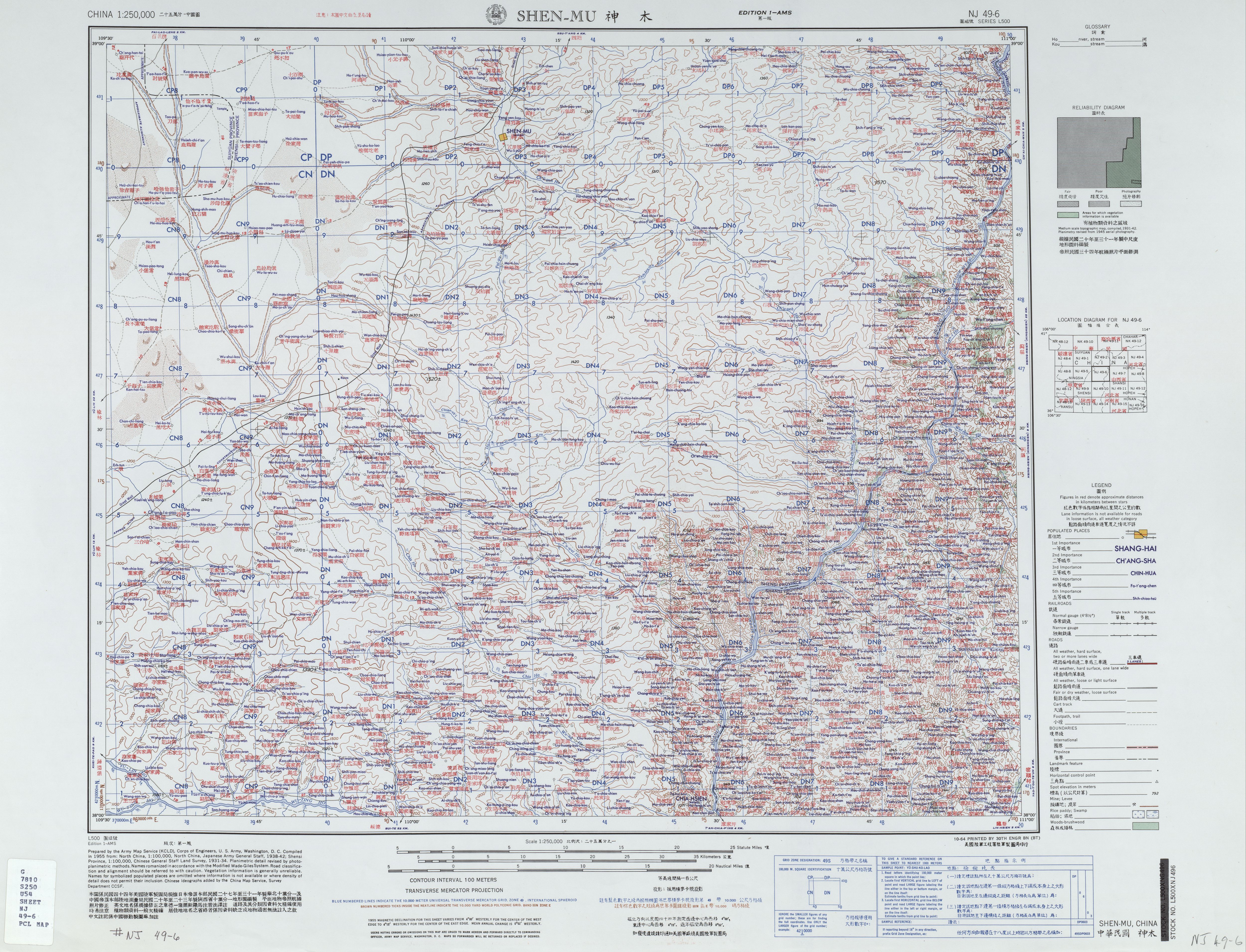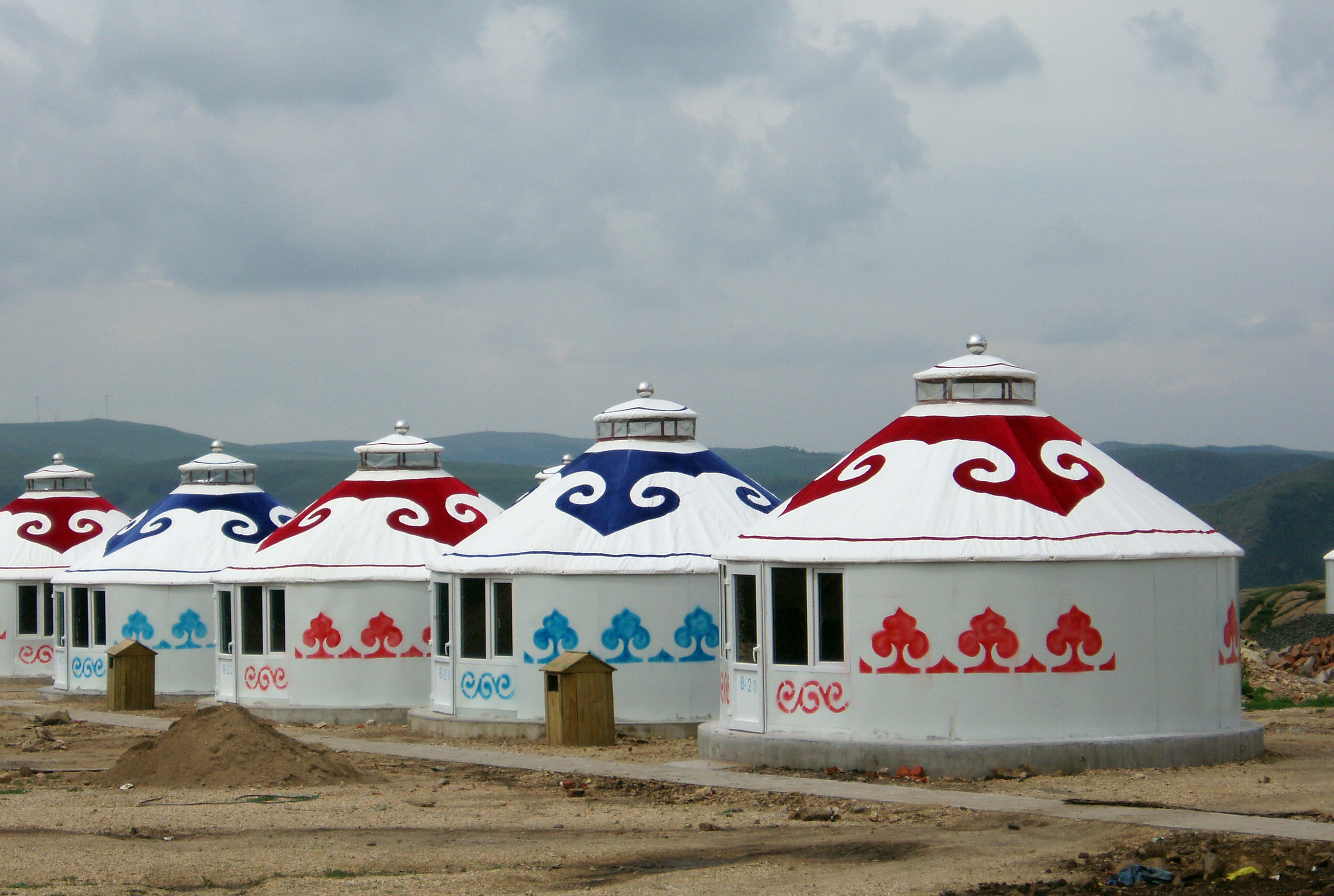|
Fugu County
Fugu () is a county of Yulin, in the north of Shaanxi province, China. It is the northernmost county-level division of the province, bordering Inner Mongolia (banners of Jungar, Ejin Horo) to the north, Shanxi to the east and southeast (counties of Baode Baode () is a county in the northwest of Shanxi province, China, bordering Shaanxi province to the west. It is under the administration of Xinzhou, Shanxi, Xinzhou city, and is its westernmost county-level division. Baode is known for Jujube oil. ..., Hequ), and, within Shaanxi, the city of Shenmu to the south and southwest. Administrative divisions As 2019, Fugu County is divided to 14 towns. ;Towns Climate See also * Fugu Airport References County-level divisions of Shaanxi Yulin, Shaanxi {{Shaanxi-geo-stub ... [...More Info...] [...Related Items...] OR: [Wikipedia] [Google] [Baidu] |
County (People's Republic Of China)
Counties ( zh, t=縣, s=县, hp=Xiàn), formally county-level divisions, are found in the third level of the administrative hierarchy in Provinces and Autonomous regions and the second level in municipalities and Hainan, a level that is known as "county level" and also contains autonomous counties, county-level cities, banners, autonomous banners and City districts. There are 1,355 counties in Mainland China out of a total of 2,851 county-level divisions. The term ''xian'' is sometimes translated as "district" or "prefecture" when put in the context of Chinese history. History ''Xian'' have existed since the Warring States period and were set up nationwide by the Qin Dynasty. The number of counties in China proper gradually increased from dynasty to dynasty. As Qin Shi Huang reorganized the counties after his unification, there were about 1,000. Under the Eastern Han Dynasty, the number of counties increased to above 1,000. About 1400 existed when the Sui dynasty abolish ... [...More Info...] [...Related Items...] OR: [Wikipedia] [Google] [Baidu] |
County-level Division
The administrative divisions of China have consisted of several levels since ancient times, due to China's large population and geographical area. The constitution of China provides for three levels of government. However in practice, there are five levels of local government; the provincial (province, autonomous region, municipality, and special administrative region), prefecture, county, township, and village. Since the 17th century, provincial boundaries in China have remained largely static. Major changes since then have been the reorganisation of provinces in the northeast after the establishment of the People's Republic of China and the formation of autonomous regions, based on Soviet ethnic policies. The provinces serve an important cultural role in China, as people tend to identify with their native province. Levels The Constitution of China provides for three levels: the provincial, the county level, and the township level. However, in practice, there are four levels ... [...More Info...] [...Related Items...] OR: [Wikipedia] [Google] [Baidu] |
Fugu Airport
Fugu Airport () is an airport being constructed to serve Fugu County in northern Shaanxi Province, China. It is located near Sangyuanliang Village, Fugu Town. The airport project was launched by the Fugu County government in 2009, and received approval from the State Council of China The State Council, constitutionally synonymous with the Central People's Government since 1954 (particularly in relation to local governments), is the chief administrative authority of the People's Republic of China. It is chaired by the p ... and the Central Military Commission on 23 January 2019. It will be the first county-level airport in Shaanxi. The airport will have a runway that is long and wide (class 4C) and four aircraft parking places. It is projected to handle 450,000 passengers and 1,200 tons of cargo annually by 2025. See also * List of airports in China * List of the busiest airports in China References {{authority control Airports in Shaanxi Proposed airports i ... [...More Info...] [...Related Items...] OR: [Wikipedia] [Google] [Baidu] |
Shenmu
Shenmu () is a county-level city in the north of Shaanxi province, China, bordering Inner Mongolia to the northwest and Shanxi province, across the Yellow River, to the southeast. Under the administration of Yulin City, Shenmu is endowed with plentiful resources, especially coal, such as the three earth sovereigns coal fields of Huojitu, Yujialiang and Shagoupen which makes it the richest county in Shaanxi. Shenmu county is also known for the Shimao archaeological site, the largest Neolithic settlement in China, and a city with evidence of trade networks stretching from the Eurasian Steppe to Southern China. Etymology The toponym Toponymy, toponymics, or toponomastics is the study of '' toponyms'' (proper names of places, also known as place names and geographic names), including their origins, meanings, usage and types. Toponym is the general term for a proper name of ... of city can trace its history back to the Song dynasty. There were three giant pine trees, which wer ... [...More Info...] [...Related Items...] OR: [Wikipedia] [Google] [Baidu] |
Hequ
Hequ () is a county in the northwest of Shanxi province, China, bordering Shaanxi province to the west and Inner Mongolia Inner Mongolia, officially the Inner Mongolia Autonomous Region, is an autonomous region of the People's Republic of China. Its border includes most of the length of China's border with the country of Mongolia. Inner Mongolia also accounts for a ... to the northwest. It is under the administration of Xinzhou city. Climate References External linkswww.xzqh.org County-level divisions of Shanxi Xinzhou {{Shanxi-geo-stub ... [...More Info...] [...Related Items...] OR: [Wikipedia] [Google] [Baidu] |
Baode
Baode () is a county in the northwest of Shanxi province, China, bordering Shaanxi province to the west. It is under the administration of Xinzhou city, and is its westernmost county-level division. Baode is known for Jujube Jujube (), sometimes jujuba, known by the scientific name ''Ziziphus jujuba'' and also called red date, Chinese date, and Chinese jujube, is a species in the genus '' Ziziphus'' in the buckthorn family Rhamnaceae. Description It is a smal ... oil. Administrative divisions Baode administers 4 towns and 9 townships: Towns * Dongguan (东关镇) * Yimen (义门镇) * Qiaotou (桥头镇) * Yangjiawan (杨家湾镇) Townships Climate References www.xzqh.org County-level divisions of Shanxi Xinzhou {{Shanxi-geo-stub ... [...More Info...] [...Related Items...] OR: [Wikipedia] [Google] [Baidu] |
Shanxi
Shanxi (; ; formerly romanised as Shansi) is a landlocked province of the People's Republic of China and is part of the North China region. The capital and largest city of the province is Taiyuan, while its next most populated prefecture-level cities are Changzhi and Datong. Its one-character abbreviation is "" (), after the state of Jin that existed there during the Spring and Autumn period. The name ''Shanxi'' means "West of the Mountains", a reference to the province's location west of the Taihang Mountains. Shanxi borders Hebei to the east, Henan to the south, Shaanxi to the west and Inner Mongolia to the north. Shanxi's terrain is characterised by a plateau bounded partly by mountain ranges. Shanxi's culture is largely dominated by the ethnic Han majority, who make up over 99% of its population. Jin Chinese is considered by some linguists to be a distinct language from Mandarin and its geographical range covers most of Shanxi. Both Jin and Mandarin are spoken in Shanx ... [...More Info...] [...Related Items...] OR: [Wikipedia] [Google] [Baidu] |
Ejin Horo Banner
The Ejin Horo Banner, also known as Ejin Horo Qi or Yijinhuoluo County, is a banner in Ordos City in southwestern Inner Mongolia, China. It borders Shaanxi Province to the southeast. As of 2009, the Ejin Horo Banner covers an area of almost , with a population of nearly 160,000, the majority of whom are ethnically Han Chinese. China's growing economy has led, in recent years, to increased development in the area of the Ejin Horo Banner, with the construction or improvement of roads, transportation centers, and accommodation for travelers and tourists. It is the site of the Mausoleum of Genghis Khan, a AAAAA-rated tourist attraction that does not contain the body of Genghis Khan or, since the Cultural Revolution, any authentic artifacts from his life but which remains important as a cult site in Mongolian religion. Name The banner is named for the Mausoleum of Genghis Khan, whose Mongolian name ''Ejin Horo'' translates as "the Lord's Enclosure". Geography The Ejin Horo Ba ... [...More Info...] [...Related Items...] OR: [Wikipedia] [Google] [Baidu] |
Jungar Banner
Jungar Banner ( Mongolian: , Зүүнгар хошуу ''Jegünɣar qosiɣu''; ) is a banner of western Inner Mongolia, People's Republic of China, lying on the western (right) bank of the Yellow River and bordering the provinces of Shanxi to the southeast and Shaanxi to the southwest. It is under the administration of Ordos City Ordos ( Mongolian: ''Ordos''; ), also known as Ih Ju, is one of the twelve major subdivisions of Inner Mongolia, China. It lies within the Ordos Plateau of the Yellow River. Although mainly rural, Ordos is administered as a prefecture-level .... Climate References External linksOfficial site Banners of Inner Mongolia Ordos City {{InnerMongolia-geo-stub ... [...More Info...] [...Related Items...] OR: [Wikipedia] [Google] [Baidu] |
Inner Mongolia
Inner Mongolia, officially the Inner Mongolia Autonomous Region, is an autonomous region of the People's Republic of China. Its border includes most of the length of China's border with the country of Mongolia. Inner Mongolia also accounts for a small section of China's border with Russia (Zabaykalsky Krai). Its capital is Hohhot; other major cities include Baotou, Chifeng, Tongliao, and Ordos. The autonomous region was established in 1947, incorporating the areas of the former Republic of China provinces of Suiyuan, Chahar, Rehe, Liaobei, and Xing'an, along with the northern parts of Gansu and Ningxia. Its area makes it the third largest Chinese administrative subdivision, constituting approximately and 12% of China's total land area. Due to its long span from east to west, Inner Mongolia is geographically divided into eastern and western divisions. The eastern division is often included in Northeastern China (Dongbei) with major cities including Tongliao, Chifeng, Hai ... [...More Info...] [...Related Items...] OR: [Wikipedia] [Google] [Baidu] |
Shanbei
Shaanbei () or Northern Shaanxi is the portion of China's Shaanxi province north of the Huanglong Mountain and the Meridian Ridge (the so-called "Guanzhong north mountains"), and is both a geographic as well as a cultural area. It makes up the southeastern portion of the Ordos Basin and forms the northern part of the Loess Plateau. The region includes two prefectural cities of Yulin, which is known for the Ming Great Wall traversing through its northern part; and Yan'an, which is known as the birthplace of the Chinese Communist Revolution. Geography Shaanbei is located in the northern edge of the Loess Plateau with a general elevation range of , occupying approximately 45% of the total area of Shaanxi. Elevation tends to increase from northwest to southeast. The northern portions degrade into the Ordos Desert, while the southern portions slope up into hills. Shaanbei is generally perceived to include all of Yulin and the northern half of Yan'an prefectures, while the mounta ... [...More Info...] [...Related Items...] OR: [Wikipedia] [Google] [Baidu] |
China
China, officially the People's Republic of China (PRC), is a country in East Asia. It is the world's most populous country, with a population exceeding 1.4 billion, slightly ahead of India. China spans the equivalent of five time zones and borders fourteen countries by land, the most of any country in the world, tied with Russia. Covering an area of approximately , it is the world's third largest country by total land area. The country consists of 22 provinces, five autonomous regions, four municipalities, and two Special Administrative Regions (Hong Kong and Macau). The national capital is Beijing, and the most populous city and financial center is Shanghai. Modern Chinese trace their origins to a cradle of civilization in the fertile basin of the Yellow River in the North China Plain. The semi-legendary Xia dynasty in the 21st century BCE and the well-attested Shang and Zhou dynasties developed a bureaucratic political system to serve hereditary monarchies, or dyna ... [...More Info...] [...Related Items...] OR: [Wikipedia] [Google] [Baidu] |




.jpeg/1200px-Siège_de_Beijing_(1213-1214).jpeg)